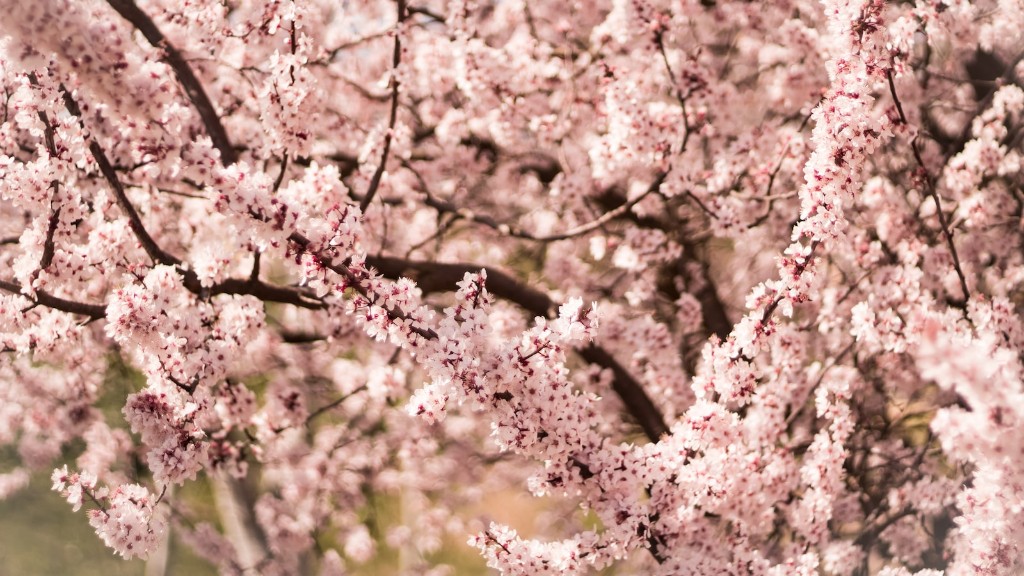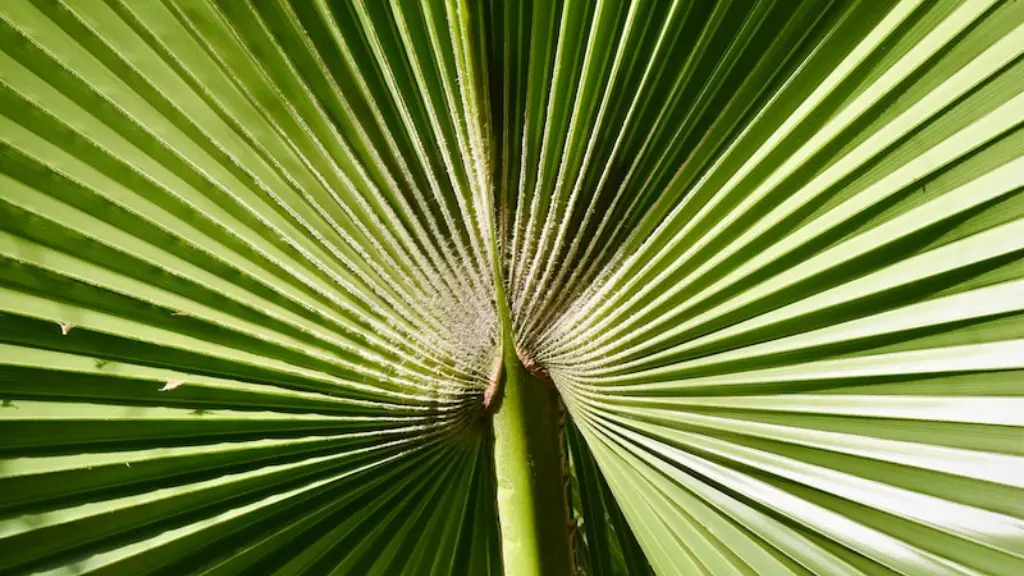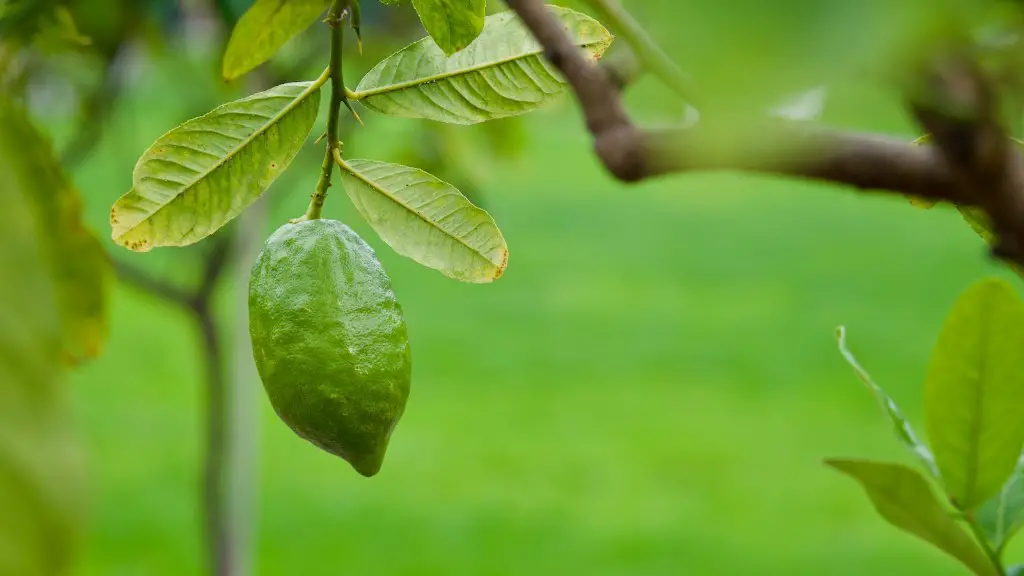Introduction
Painting a palm tree can be an intimidating endeavor for some, but even novice painters can achieve beautiful results with a bit of direction. Whether you’re a beginner looking to create a painting of a vibrant tropical scene or a professional artist seeking to capture the beauty of the beach on canvas, learning how to paint a palm tree can be beneficial in perfecting your natural artistry. Read on to discover the various steps used in painting a palm tree, along with useful tips to enhance your work.
Creating a Sketch
Prior to even picking up a paintbrush, it’s important to begin with an initial sketch. In this case, the main subject of your painting should be the palm tree itself. Start by lightly drawing out the trunk and crown of the tree using a pencil. If you’re trying to mimic a specific type of a tree, use the reference material of the tree’s species to capture the exact details of its leaves, trunk, and roots. Make sure to keep your sketch as light as possible, as you will eliminate it with another layer of paint.
Adding Color to the Trunk
The palm tree’s trunk is its most prominent feature, so make sure to use vibrant colors to bring this part of the painting to life. First, fill the base with a light brown hue of your choice. Using a damp brush or a sponge, start adding several layers of paint to the trunk to create its bark-like effect. Apply the shades of brown on the trunk in an up-and-down motion to accurately recreate the real tree’s varying colors. You can also use lighter colors on the trunk to achieve a sun-bleached look.
Forming the Leaves
Many palm trees feature distinctively long and wide leaves, so it’s important to pay close attention to this area. Take the reference guide of your chosen species of palm tree and study exactly how the leaves should be placed and the colors that should be used when painting them. Start by creating an outline for the leaves using a thin, dark-colored brush. Then, fill in the colors using bolder and brighter colors of choice. Adding a yellowish-green tint to the leaves will provide them with an attractive, lifelike look.
Adding a Background
Painting a vibrant environment behind the palm tree can give your painting a bit of extra charm. When creating a background, feel free to use shimmering colors and details. If the painting is of a beach scene, start by adding beige-colored sand to the bottom portion, and create a sunset effect in the sky by blending together shades of yellow, orange, red and purple. For other types of tropical scenes, consider adding a few details such as the abundant foliage.
Add Finishing Touches
When the painting is nearly finished, use the lighter colors of your choice to add creative details and emphasize certain aspects of the work. Then use a thin brush to paint thin black and gray lines between some leaves to create a more realistic effect. Once you are happy with the end result, apply a thin layer of varnish in order to protect it from fading.
Finding Inspiration
When trying to modify the painting process to suit your own style, don’t be afraid to go beyond the traditional methods of painting a palm tree. Look to the natural world or browse the internet for some unique and inspiring palm tree paintings. You can also consult with other experienced painters who can provide useful advice and feedback regarding your project.
Effects of Natural Elements
One of the most important elements of painting a palm tree is understanding the natural environment. Consider the environment of the palm tree that you are painting; what geographical effects does the tree experience? Is it situated near the shoreline and therefore exposed to salt and wind? If so, experiment with these environmental factors when crafting your painting. Emphasize washed-out colors and rough texture to recreate a realistic look.
Selecting the Right Canvas Size
The size of the canvas you choose should suit the size of the painting, as well as its composition. If you are using reference materials or if the area is covered with several palm trees, consider using a larger canvas. This will make it easier to draw the tree and create an accurate background. Smaller canvases are ideal for paintings that are more centered around a single tree.
Practices to Strengthen Your Skills
Painting a palm tree requires an immense amount of skill and determination. Learning the techniques and perfecting them with practice will be the key to success. Take the time to review and practice your techniques until you are happy with the results. Aside from practice, it is also important to stay inspired by exploring different mediums and adding personal flair to the painting.
Developing Color Theory
Palm trees possess a combination of specific colors that when blended together, will create a more realistic outcome. Use thin layers of complementary colors to generate a vibrancy that will capture the attention of the viewer. As you build up the layers of colors, seek to mimic the actual coloring of the palm tree species. Doing so will greatly enhance your painting.
Selecting the Right Brushes
Having a variety of different brush sizes, shapes and materials is beneficial when you’re painting a palm tree. Start by creating an outline of the tree by using thin brushes that are precise and precise. Once you’re happy with the initial structure, switch to thicker brushes and explore different textures of bristles in order to achieve a unique and vibrant look.
Creating Perspective Effect
Creating a painting with a certain level of depth and perspective can add additional flair and creativity to your project. Create unique touches, such as a palm tree taller than the rest or a hint of the ocean underneath, to create a realistic and captivating painting. To create deep shadows beneath a tree, use contrasting colors and dark tones to help push the tree back.
Painting Trees in Different Conditions
When painting a palm tree, consider the different conditions it is exposed to. Analyze the environment and create an accurate painting that reflects the weather, time of day and positioning of the palm tree. In case of a hurricane, for example, create a rough look and emphasize wild textures that represent the vibrancy of the tree in the midst of a storm.
Analyzing Different Tree Species
Various species of palm trees are identifiable by their unique characteristics, making it essential to study the reference material of the tree before producing a painting. Therefore, research the genus and species of the tree so you can accurately recreate the palm tree’s structure, leaves, and environment. Doing this will provide you with an authoritative painting that accurately depicts the features of the species in question.
Using Proper Strokes
A signature technique to painting a realistic palm tree is the brushing techniques. To achieve a light and airy look, use short and jerky strokes to form the leaves and branches of the tree. Also, try to add a few darker shade of colors to create realistic shadows and highlights. When using the darker colors, use long and soft strokes to create a gradual blending effect.
Analyzing the Palette
When choosing the colors for your painting, analyze the lighting of the scene and match the colors accordingly. If the painting is situated in a warm area and receives plenty of sunshine, select warmer colors that given the painting an inviting, relaxing vibe. On the other hand, if the painting is situated in a cold or overcast area, experiment with pale colors to generate a dreary feeling.
Creating Unique Color Combinations
To convey the ever-changing nature of the environment that the tree is situated in, consider experimenting with fresh color combinations. Get creative and combine a variety of colors to create a unique blend of colors in order to capture a realistic-looking scene. Choose from a mix of warm and cool colors and adjust the saturation to create a diverse combination.



